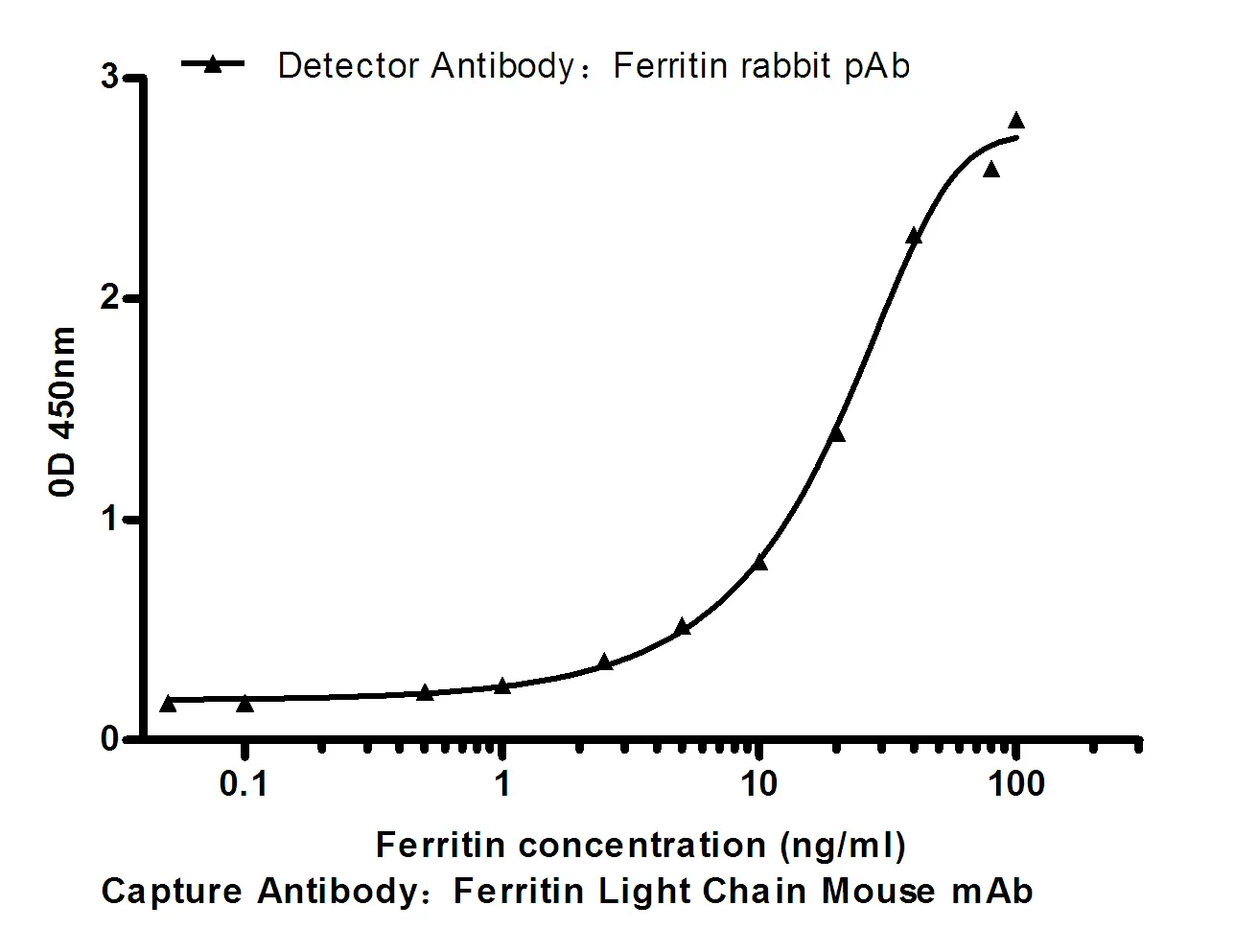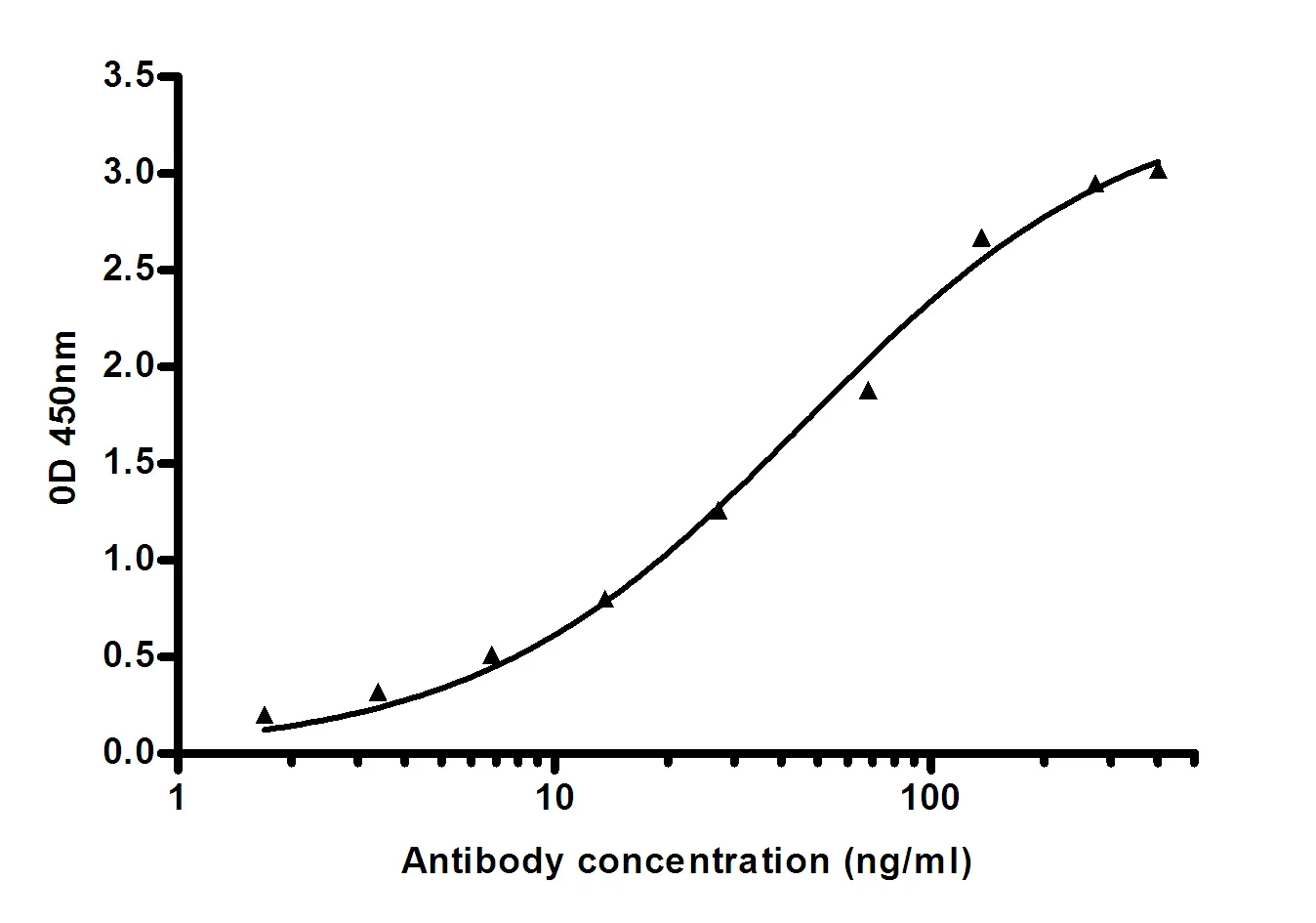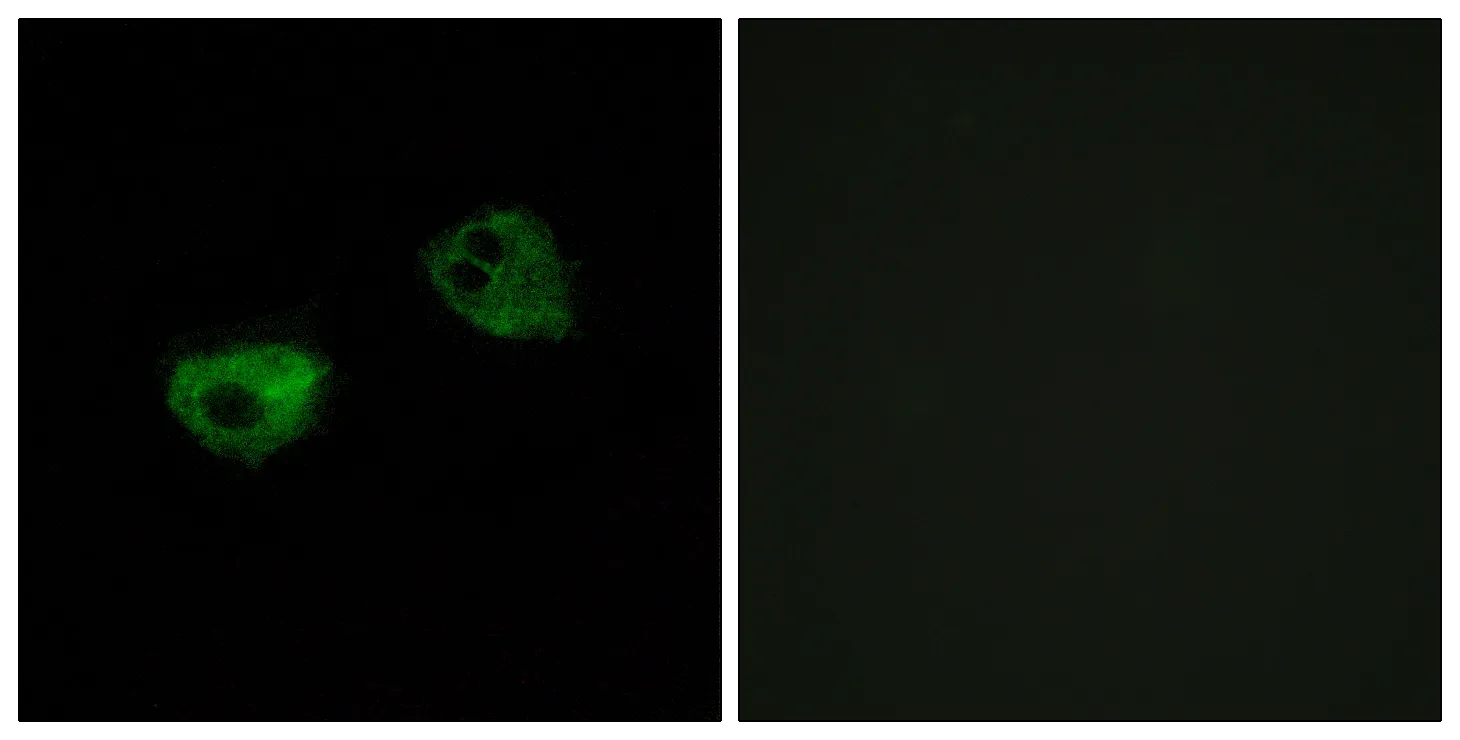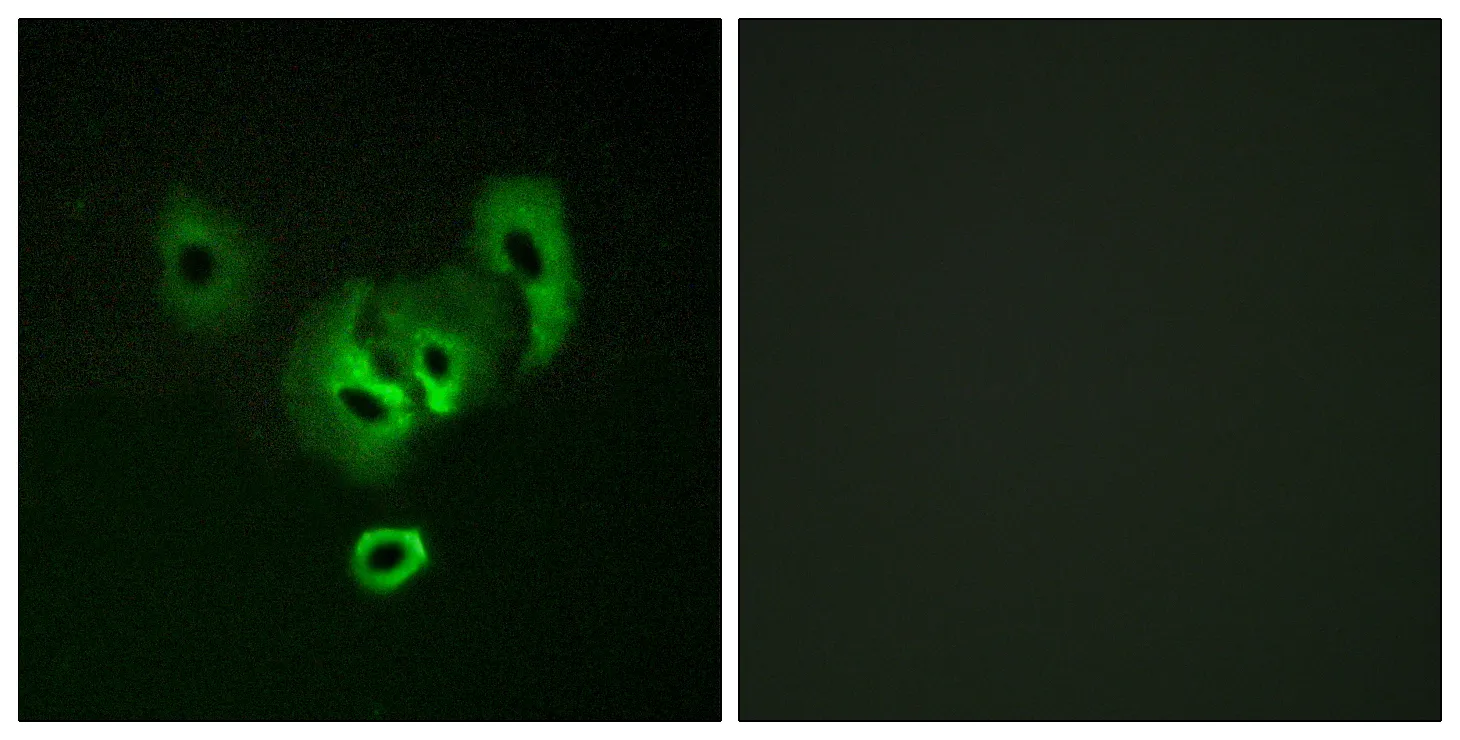Summary
Performance
Immunogen
Application
Background
Voltage-gated potassium (Kv) channels represent the most complex class of voltage-gated ion channels from both functional and structural standpoints. Their diverse functions include regulating neurotransmitter release, heart rate, insulin secretion, neuronal excitability, epithelial electrolyte transport, smooth muscle contraction, and cell volume. This gene encodes a member of the potassium channel, voltage-gated, subfamily G. This member is a gamma subunit functioning as a modulatory molecule. Alternative splicing results in two transcript variants encoding distinct isoforms. [provided by RefSeq, Jul 2008],domain:The segment S4 is probably the voltage-sensor and is characterized by a series of positively charged amino acids at every third position.,function:Potassium channel subunit. Modulates channel activity.,similarity:Belongs to the potassium channel family. G subfamily.,subcellular location:Has to be associated with KCNB1 or possibly another partner to get inserted in the plasma membrane. Remains intracellular in the absence of KCNB1.,subunit:Heteromultimer with KCNB1, KCNC1 and KCNF1. Does not form homomultimers.,tissue specificity:Detected in many parts of the brain with the exception of the cerebellum, in testis, pancreas, lung, kidney, ovary, small intestine, colon, thymus, adrenal gland and spinal cord.,
Research Area






